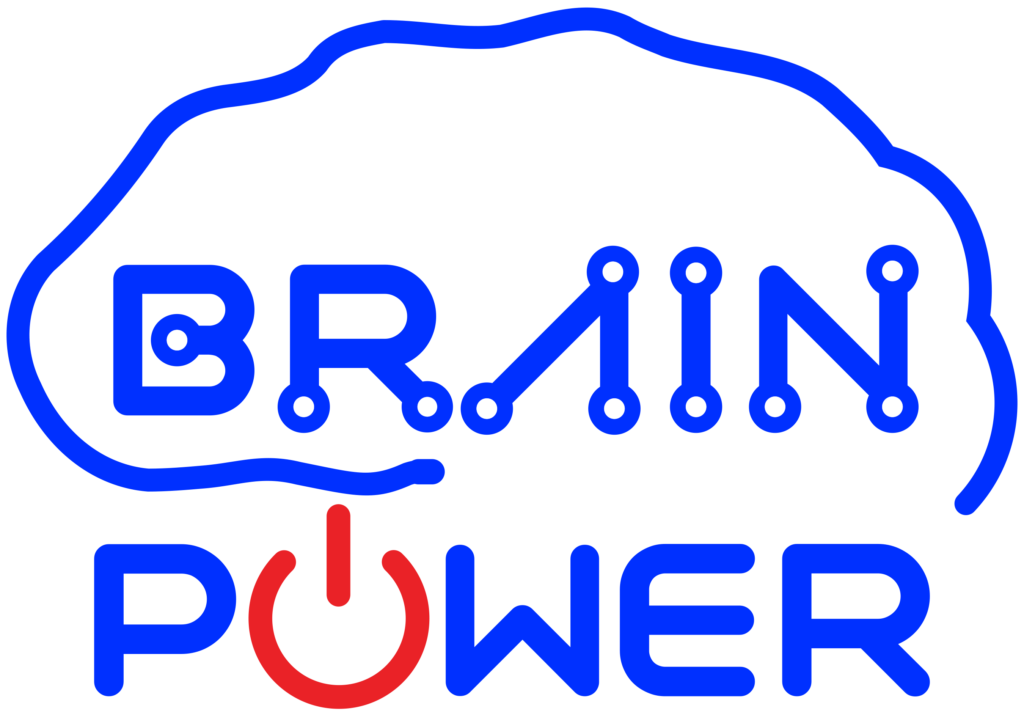A student staring out the window. A pupil poking their neighbor with a pencil. A young person whispering to their neighbor while a classmate speaks. Familiar sights to any person who has spent time in a classroom, disengaged students both impede their own learning and others. In this short blog post we will discuss the types of student motivation, the brain science behind motivation and digital tools that can improve student engagement to reduce these types of behaviors.
If you are especially interested in this topic, The Brain Power Academy team developed a 1 hour engaging self-paced PD course here: Brain Bite: Student Motivation. The course includes over 30 printables for your classroom!
Types of student motivation
At the core, student motivation or engagement is bifurcated into two strands, intrinsic and extrinsic motivation:
- Intrinsic motivation is derived from a desire to complete an activity to gain satisfaction, or to accomplish a personal goal.
- In contrast, extrinsic motivation is rooted in the external things that can motivate a student. For example, stars, grades, and rewards.
While both valuable in engaging a student, intrinsic motivation is often a more sustainable path to ensuring a student loves learning. Not to say that extrinsic motivators don’t have their place in the classroom, but they are often a temporary solution. Research even suggests that extrinsic motivation can be fleeting and undermine important types of learning, such as higher-order thinking.
Therefore, let’s dive into intrinsic motivation a little bit more.
Four elements for intrinsic motivation
Larry Ferlazzo, nicely sums up the four core elements to nurture intrinsic motivation in his Edutopia article.
These are:
“1. Autonomy: having a degree of control over what needs to happen and how it can be done;
- Competence: feeling that one has the ability to be successful in doing it;
- Relatedness: doing the activity helps them feel more connected to others, and feel cared about by people whom they respect; and
- Relevance: the work must be seen by students as interesting and valuable to them, and useful to their present lives and/or hopes and dreams for the future.”
Together these four attributes help us understand how we can structure our lessons and the classroom to truly engage our students!

What it looks like in your brain
At Brain Power Academy, our team of neuroscientists is also deeply interested in how brain science impacts learning. So, what does your brain look like when motivated?
A major neurotransmitter that leads motivation is dopamine. When dopamine travels along the mesolimbic pathway, or the reward pathway, it reaches various places in the brain including the cerebral cortex. Along this path, is the nucleus accumbens. A large amount of dopamine in this area of the brain provides feedback to predict rewards. In short, your brain is able to understand that an important event may occur and dopamine kicks in.
Your brain can even be trained to use dopamine and positive reinforcement to complete a challenge. Many of the available tools on the internet, take advantage of and tap into our biological infrastructure. By rewarding you through likes, notifications etc. these apps keep your brain firing and coming back for more.
In the world of education there are various tools that can be used to unlock a more sustained level of healthy engagement.
What tools can unlock intrinsic motivation:
Below, we have analyzed 8 tools that can help create an environment that fits with the criteria laid out above to enable intrinsic motivation. As a reminder these are:
- Autonomy
- Competence
- Relatedness
- Relevance
These tools also rely on extrinsic motivators but it is not the only source for student engagement.
1.ClassDojo: Connecting students, teachers and families through fun tools.
Classdojo helps teachers manage their classroom. Through Classdojo you can track student behavior, run activities, support your students to upload their work and communicate with parents. The platform supports fun activities and allows for personalization, and student discovery.
2. Newsela: Online education platform for content
Newsela has lots and lots of high quality content. This includes content aligned to state- curricula, grade-standards, levels and interests. Through Newsela a teacher can provide content that engages students, and allow them to engage with material at the right level that suits their interests.
3. Go Noodle: Active brain breaks to get students up and moving
Go Noodle can provide fun learning breaks that helps students stay motivated and expend their energy. Their activities involve physical movement and activity while also educating your students.
4. Kahoot: Engaging learning games
Kahoot uses games to facilitate learning and competitive fun in the classroom. Through Kahoot you can assess students before and after activities, and implement exit tickets in an exciting way.
5. Coda Kid: Online Coding for Kids
Coda Kid is a well designed resource that provides online lessons in a crucial skill, coding. Their classes are fun, engaging, and extremely relevant. Your child or student probably loves computer games, they can learn how those are created by attending a course with Coda Kid!
6. Storybird: Storytelling to support kids to write and publish books
The repository of illustrations and art enable students to create beautiful stories online. Kahoot is a great way to make writing engaging for students and help tap into their interests.
7. Kidblog: A place for students to publish blogs
Kidblog is another great tool to support students to find their writing voice, and submit their work online. It is also safe, and has moderation tools for teachers to ensure their online activity is secure.
8. AMLE 8 Digital Formative Assessment Tools:
Our eighth tool is actually a link to another post from our valued partner, AMLE. Their fascinating blogpost shares a few useful tools to measure student progress and increase motivation!
If you would like to learn more about any of these tools or Brain Power please feel free to reach out to our Brain Power Academy Team (academy@brain-power.com).



Recent Comments